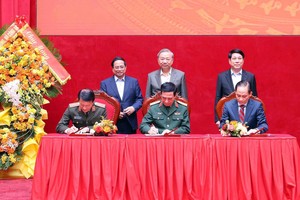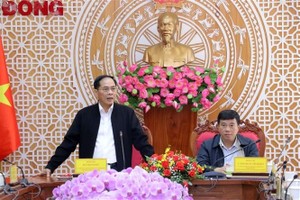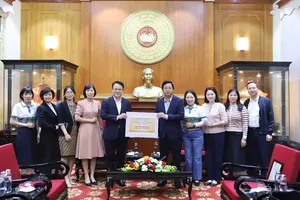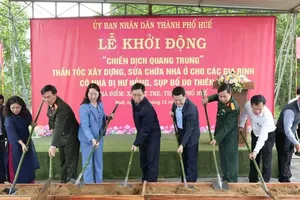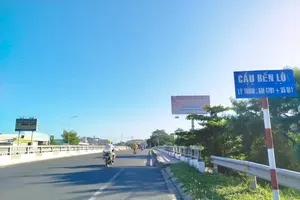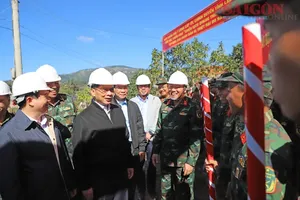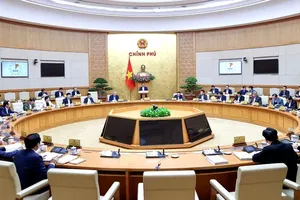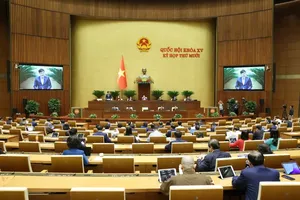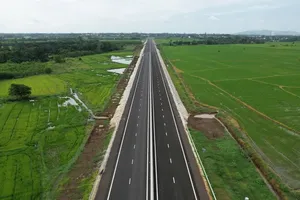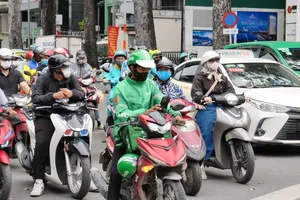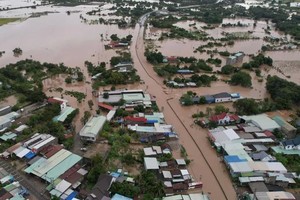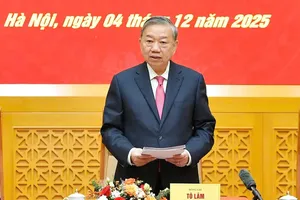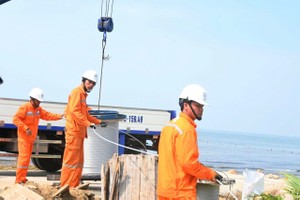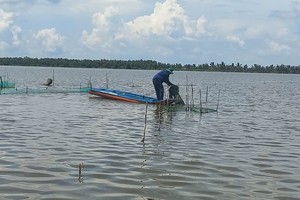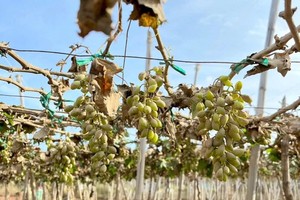He envisaged the mergence as the foundation for a dynamic “mountain – plain – border – sea” development corridor that combines border and maritime economies.
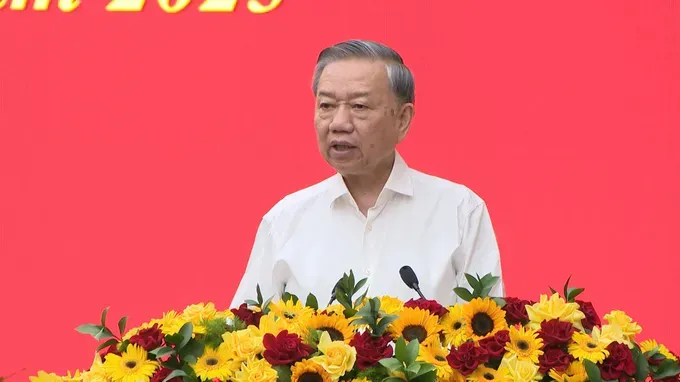
Party General Secretary To Lam has underscored that merging the provinces of An Giang and Kien Giang will enhance intrinsic strength and competitiveness in the Southwestern region.
At a working session on June 4 with the Standing Board of the Kien Giang provincial Party Committee and permanent members of the An Giang provincial Party Committee, the Party leader laid stress on the complementary strengths of An Giang’s advanced agricultural production and Kien Giang’s advantages in maritime economy, tourism, renewable energy, and port services. He envisaged the mergence as the foundation for a dynamic “mountain – plain – border – sea” development corridor that combines border and maritime economies.
The integrated axis will open up the opportunities to restructure regional infrastructure system and shape up closer value chains, catalysing the development of new key economic zones while attracting strategic investments, he stated.
The consolidation, he said, will address longstanding challenges that have hindered breakthrough development in the region, elaborating despite their geographical proximity and shared strategic importance in the Mekong Delta, cooperation between the provinces has remained fragmented. Besides, they lack comprehensive coordination mechanisms and shared strategic visions.
To ensure the mergence’s success, the Party chief urged the two provinces to strengthen close cooperation in leadership and administration of common tasks with the spirit of “one province - one vision - one action - one faith”, and avoid division. As the integration deadline approaches, meticulous preparations must be made and various plans must be outlined, assuring smooth and uninterrupted operation of the new province.
He stressed that the administrative reorganisation will follow a two-tier administration model, with flexible administrative mechanisms for special areas including Phu Quoc, Tho Chu, and Kien Hai special zones. This structure accommodates unique development requirements towards building special economic, tourism, defence-security, and foreign affairs zones.
Personnel selection and arrangement will be based on standards of capacity, qualifications, political mettle, responsibility, and public trust. It is necessary to evaluate the impacts of the reorganisation and work out suitable support policies for affected officials, civil servants, and laborers, while ensuring transparent asset and budget transfers to prevent losses and wastefulness, he highlighted.
Following the mergence, new An Giang province must strive to become a dynamic, comprehensive, and sustainable development hub in Mekong Delta, linking East-West corridors, border and maritime zones, urban and rural areas, as well as services, production, and tourism. The ultimate goal is to establish a national maritime economic center, with Phu Quoc as an international-class ecological tourism and resort hub, and Long Xuyen-Chau Doc-Rach Gia-Ha Tien quadrangle as the engine for regional industrial, logistic, and cultural development, contributing to repositioning the new province’s role in the national economic structure and regional value chain, according to the Party leader.
Besides, it must focus on socio-economic development missions with proactive, creative, decisive, and flexible spirit, working to complete all targets of this year, especially achieving GRDP growth of at least 8 percent to establish a solid foundation for double-digit growth in subsequent periods.
A critical requirement for the merged province is transitioning to a development model based on knowledge, technology, and high-quality human resources. This orientation aligns with the Politburo’s new resolutions while representing the shortest path for the province to make breakthroughs and catch up with new development trends in the digital transformation era and comprehensive integration.
Regarding the organisation of the Party congresses at all levels leading up to the 14th National Party Congress, he emphasised that the political report of the newly merged province must reflect a strategic vision, in-depth analysis, and a clear identification of development bottlenecks, pinpointing breakthrough areas, showcasing the province’s ambition, cultural identity, and responsibility as a regional powerhouse.
Personnel work must be carried out meticulously, adhering to democratic principles and ensuring a capable leadership with modern governance skills, he said, adding the personnel arrangement must be harmonious, avoiding localism or group interests.
He also called for maximum efforts to prepare for the APEC Economic Leaders' Week in 2027, ensuring progress, quality, and absolute safety in all aspects while accelerating key infrastructure projects serving the event. He said this will be a rare opportunity to promote Vietnam's images of integration, innovation, friendliness, and dynamism to the world while creating powerful development leverage for Phu Quoc specifically and the new province generally.

